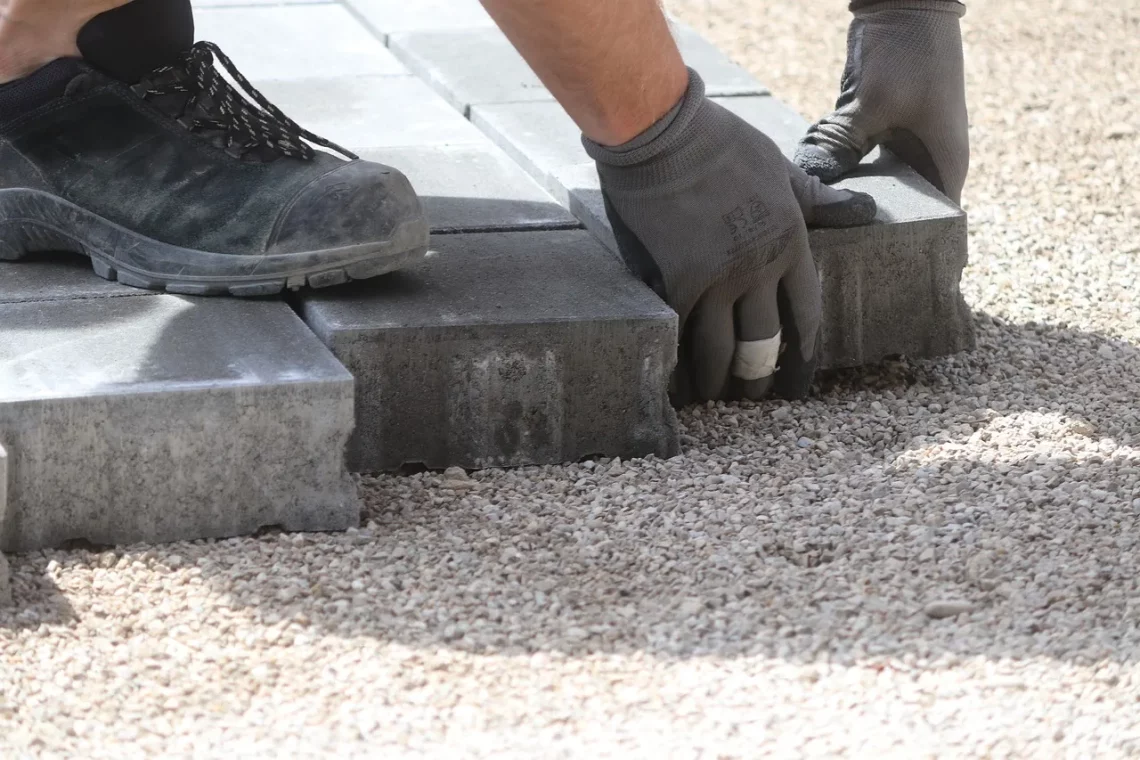
The Importance of Safety Shoes in Professional Dress Codes
In today’s dynamic work environment, the concept of professional dress codes has evolved significantly. While traditional notions of business attire often revolved around formal suits and polished shoes, the modern workplace demands a more nuanced understanding of what constitutes appropriate attire, especially in industries where safety is paramount. Among the various elements that contribute to a professional appearance, safety shoes stand out as both a practical necessity and a crucial component of a complete professional ensemble.
Safety shoes have transcended their utilitarian origins to become a symbol of responsibility and awareness in various fields, including construction, manufacturing, and even healthcare. The emphasis on workplace safety has led to an increased recognition of the importance of protective footwear, which not only safeguards employees from potential hazards but also aligns with the overall professional image that organizations strive to uphold. As businesses prioritize safety protocols and regulations, the integration of safety shoes into dress codes reflects a commitment to employee well-being and highlights the significance of creating a secure work environment.
Furthermore, the rise of workplace safety culture has influenced perceptions of professionalism. Employees are increasingly expected to embody a sense of preparedness and caution, which can be visually represented through their choice of footwear. This shift underscores the idea that safety and professionalism are not mutually exclusive; rather, they can coexist harmoniously, shaping the way individuals present themselves in their roles. Thus, understanding the importance of safety shoes within professional dress codes is essential for both employees and employers in fostering a culture of safety and professionalism.
The Role of Safety Shoes in Enhancing Workplace Safety
Safety shoes are designed to protect the feet from a variety of hazards, including heavy objects, sharp materials, slippery surfaces, and electrical risks. In environments where such dangers are prevalent, wearing appropriate footwear becomes a critical aspect of an employee’s safety gear. For instance, in construction sites, workers are often exposed to falling objects or puncture hazards from sharp debris. Safety shoes equipped with reinforced toe caps and puncture-resistant soles provide essential protection against these risks.
Moreover, safety shoes contribute to overall workplace safety by reducing the likelihood of slips, trips, and falls. Many safety shoe models feature slip-resistant outsoles that enhance grip on various surfaces, thereby minimizing the chances of accidents. This is particularly important in industries such as manufacturing and warehousing, where employees frequently navigate through areas with varying floor conditions. By wearing safety shoes, workers not only protect themselves but also contribute to a safer work environment for their colleagues.
Beyond individual safety, the implementation of safety shoes within the professional dress code serves as a reminder of the organization’s commitment to employee well-being. When employers prioritize safety by mandating proper footwear, they foster a culture of accountability and care. This not only encourages employees to take their safety seriously but also reinforces the message that their health and protection are valued by the company. In this sense, safety shoes become a vital component of a broader safety strategy that encompasses training, equipment, and workplace policies.
Balancing Professional Appearance with Safety Requirements
One of the challenges of integrating safety shoes into professional dress codes is striking a balance between maintaining a polished appearance and adhering to safety standards. In many industries, employees may feel that safety shoes compromise their professional image. However, the market offers a wide range of stylish safety footwear options that combine functionality with aesthetics.
For example, many brands now produce safety shoes that resemble traditional dress shoes or casual sneakers while still meeting safety regulations. This evolution in design allows employees to express their personal style without sacrificing safety. By opting for footwear that is both fashionable and protective, workers can confidently navigate their roles while adhering to dress code expectations.
Additionally, organizations can play a crucial role in facilitating this balance by providing guidelines and resources for employees. Offering information on approved safety shoe brands or styles that comply with safety standards can help employees make informed choices and feel more empowered in their selections. This proactive approach not only enhances employee satisfaction but also ensures that safety remains a priority without compromising professionalism.
Ultimately, the integration of safety shoes into professional dress codes reflects a broader societal recognition of the importance of safety and professionalism. As workplaces continue to evolve, so too will the expectations surrounding attire. By embracing the necessity of safety footwear, companies can foster a culture that values both employee protection and a polished professional image.
The Economic Impact of Safety Shoes on Organizations
Investing in safety shoes for employees can yield significant economic benefits for organizations. While some may view the expense of purchasing safety footwear as an additional cost, it is essential to consider the long-term savings associated with preventing workplace injuries. The financial implications of workplace accidents can be staggering, encompassing medical expenses, legal fees, and lost productivity.
By providing employees with safety shoes, organizations can mitigate the risk of accidents and injuries, ultimately reducing costs related to workers’ compensation claims and healthcare expenses. Research has demonstrated that companies that prioritize safety measures, including proper footwear, often experience lower incident rates and, consequently, reduced insurance premiums. This proactive approach translates into financial savings while simultaneously enhancing employee morale and productivity.
Furthermore, organizations that emphasize safety demonstrate a commitment to employee well-being, which can positively impact recruitment and retention efforts. Job seekers are increasingly drawn to companies that prioritize safety and provide necessary protective equipment. By fostering an environment that values employee health and safety, organizations can attract top talent and build a loyal workforce.
In conclusion, the economic impact of safety shoes extends beyond individual protection; it encompasses organizational stability and growth. By recognizing safety footwear as an investment rather than an expense, companies can create a culture that prioritizes employee well-being while reaping the financial rewards of a safer work environment.
Promoting a Culture of Safety and Professionalism in the Workplace
Creating a culture that values both safety and professionalism requires ongoing education and engagement. Organizations can implement training programs that emphasize the importance of safety shoes and the role they play in preventing injuries. These initiatives can include workshops, seminars, or even presentations by safety experts who can provide insights into the benefits of proper footwear.
Additionally, fostering open communication about safety concerns can empower employees to voice their thoughts and suggestions regarding safety practices. Encouraging workers to share their experiences can lead to a more informed and engaged workforce. When employees feel comfortable discussing safety issues and seeking guidance, they are more likely to adhere to safety protocols, including wearing appropriate footwear.
Moreover, recognizing and rewarding employees who consistently prioritize safety can reinforce positive behaviors. Implementing a recognition program that highlights individuals or teams for their commitment to safety can motivate others to follow suit. This not only enhances the overall safety culture but also contributes to a sense of community within the organization.
By promoting a culture of safety and professionalism, organizations can create an environment where employees feel valued, protected, and motivated to perform at their best. The integration of safety shoes into professional dress codes serves as a tangible representation of this commitment, reinforcing the idea that safety and professionalism go hand in hand.
In summary, the importance of safety shoes in professional dress codes cannot be overstated. They are essential for enhancing workplace safety, balancing professional appearance with safety requirements, and providing economic benefits to organizations. As workplaces continue to evolve, prioritizing safety and professionalism will remain a cornerstone of fostering a productive and secure work environment.
**Disclaimer: This article is not intended as medical advice. For any health-related issues, please consult a qualified healthcare professional.**




